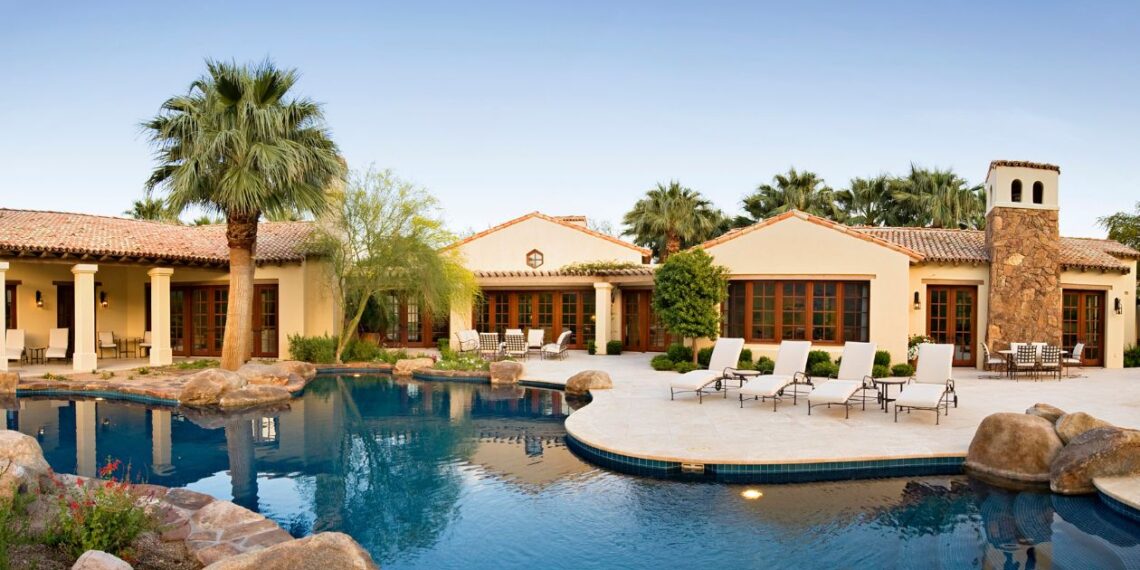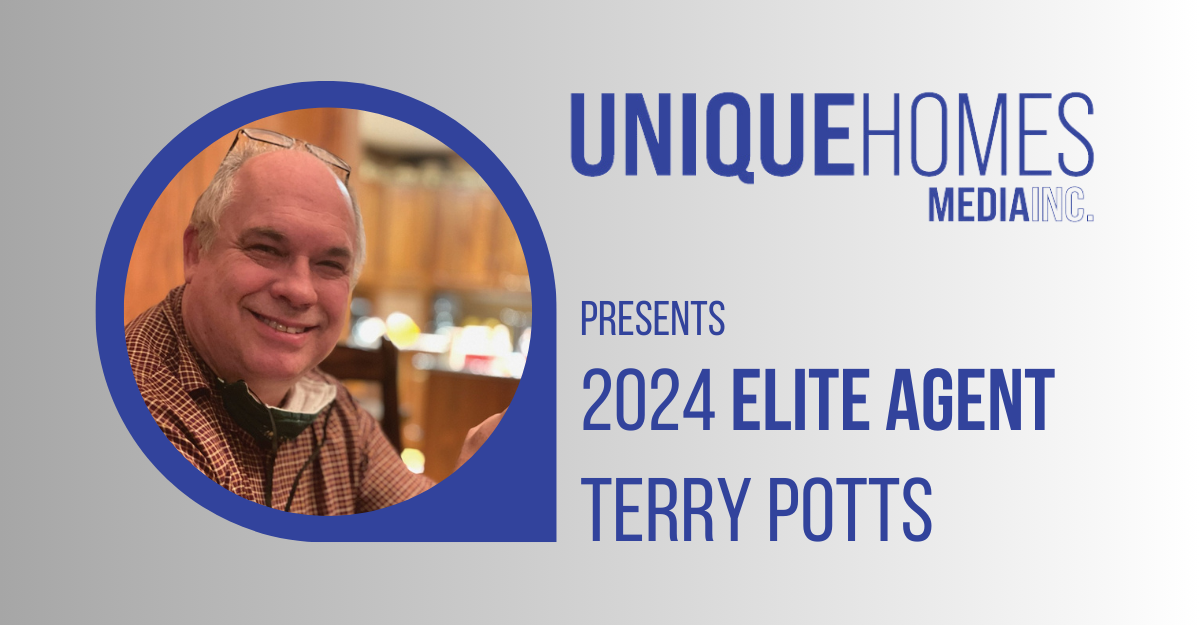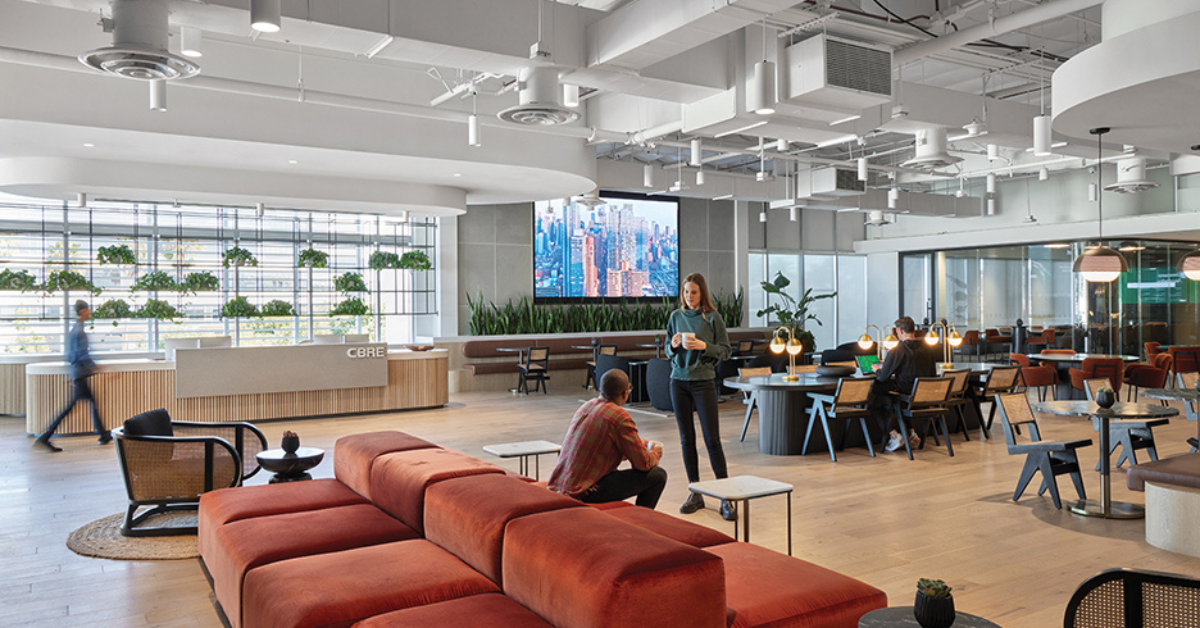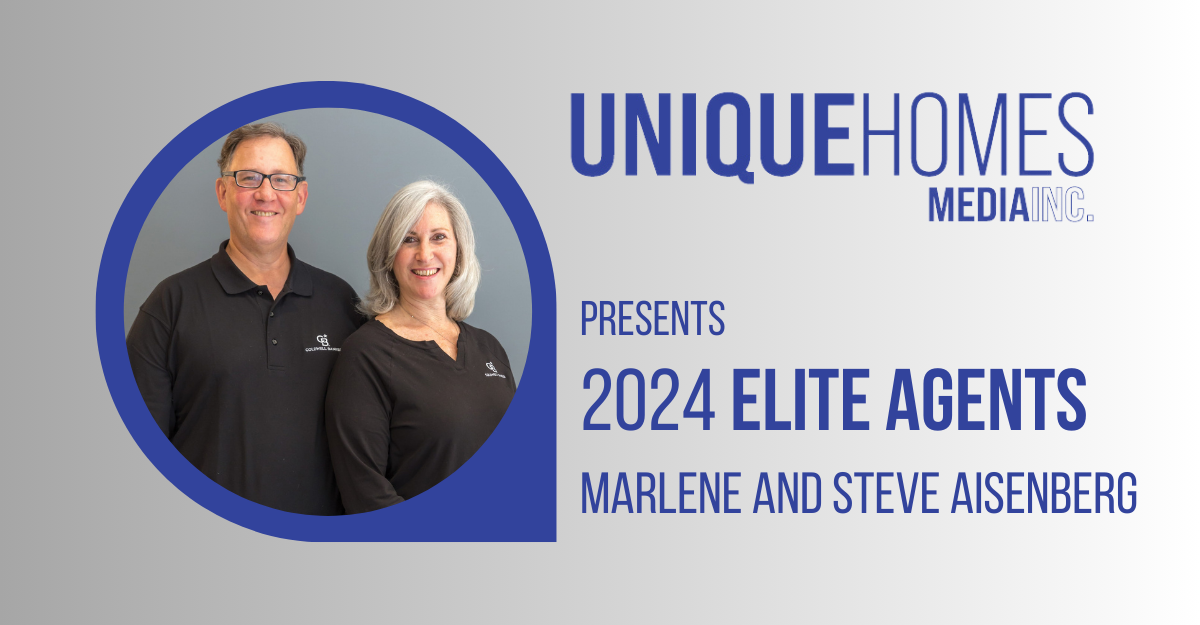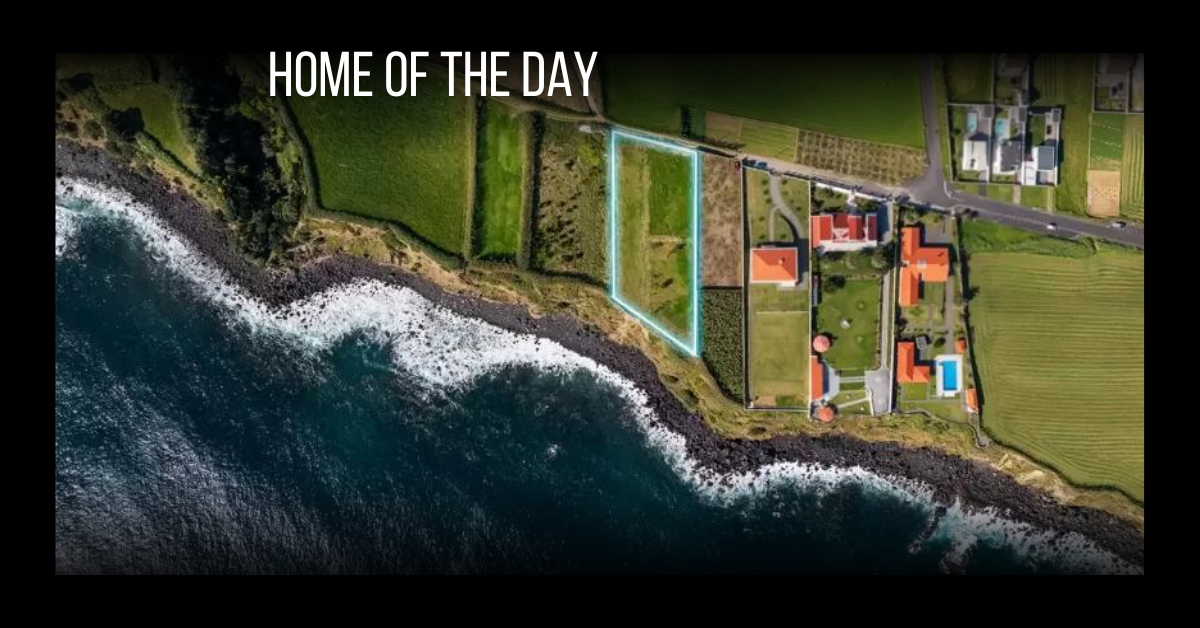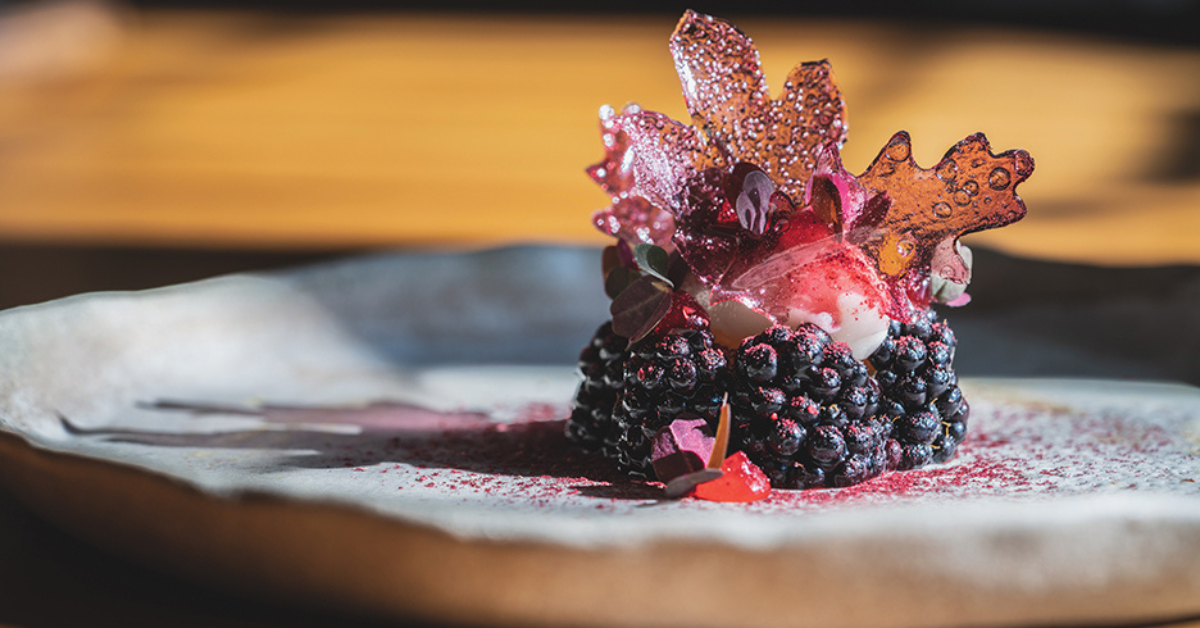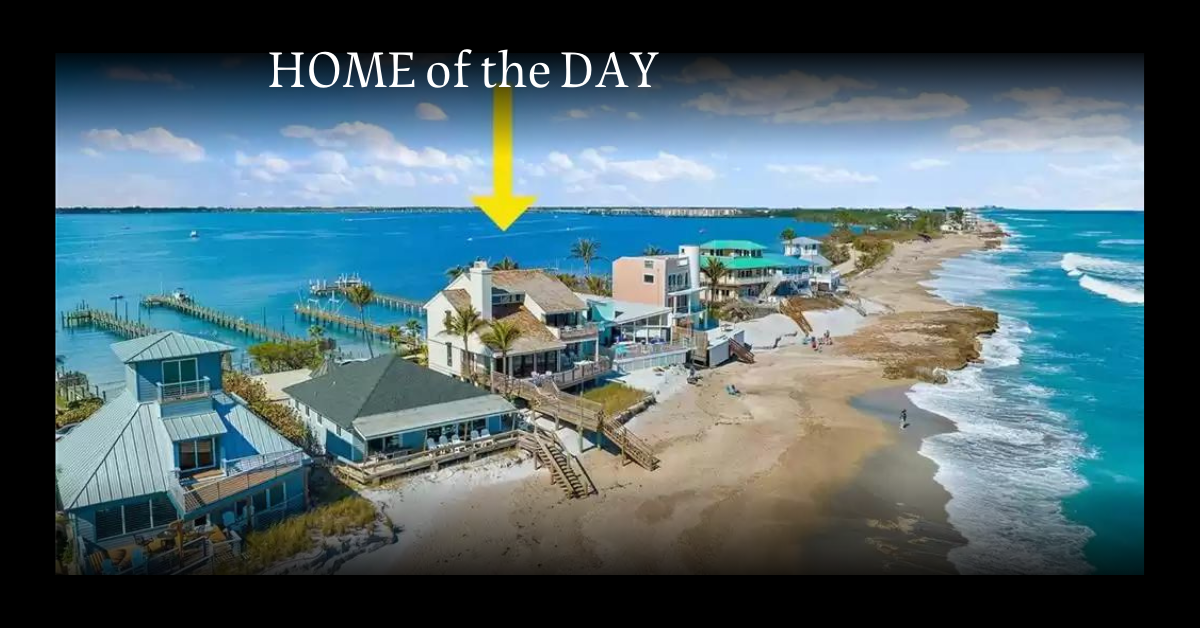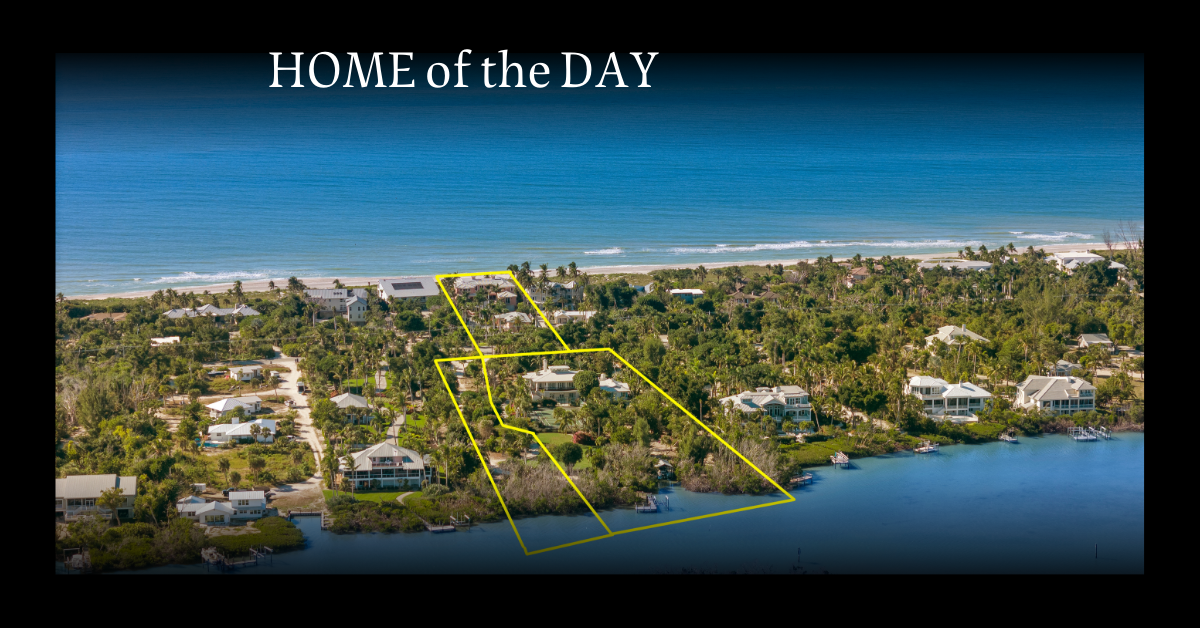Unique Homes is world-renowned for collaborating with and showcasing the most extraordinary, affluent, and unique real estate in the world. As part of our initiative, we have put together our Ultimate Homes list, which features the 20 most expensive homes on the market in each state across the nation.
Our list expands from coast to coast and includes tropical beachfront masterpieces in Florida, the epitome of modern luxury in New York City, palatial estates in California, extraordinary ski-in ski-out mansions in Utah — and everything in between.
We invite you to indulge your senses with our Ultimate List, which showcases the crème de la crème of real estate in each state across America, here.
Price is not the only indication of luxury when it comes to real estate, although it is certainly a strong indicator. In this comprehensive list, we are seeing new trends in luxury living and home ownership at its finest. There is strong diversity throughout the homes on our Ultimate List, showcasing different lifestyles, levels of grandeur, and displays of unique hobbies and interests.
California, Florida, and New York have always tended to dominate the luxury real estate market. We love this list because it showcases listings in every state, even the ones that may have slipped your mind. Explore new territories and styles in places you haven’t visited or experienced, yet.
No matter which state you reside in — or wish to reside in — check out what modern luxury real estate looks like in today’s day and age. The styles and architecture of the homes that made this list range drastically from modern elegance to old-world charm.
Luxury has a unique meaning to everyone, and that is clearly displayed in Unique Homes Ultimate List of the most expensive homes on the market today.


